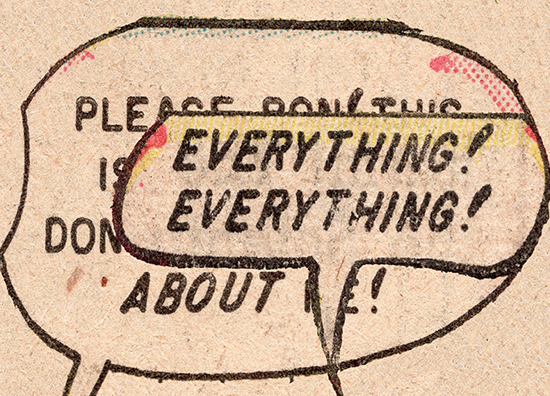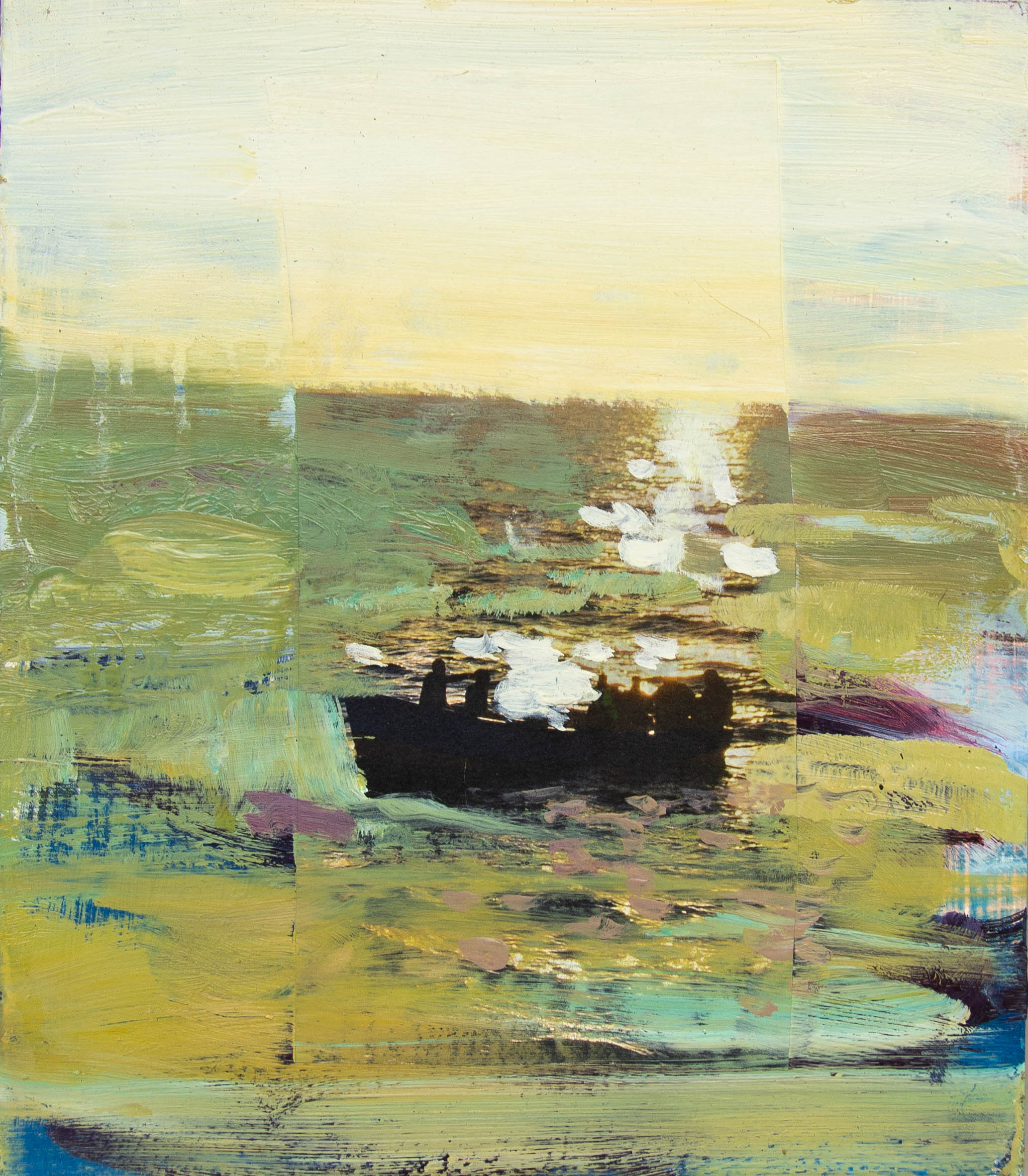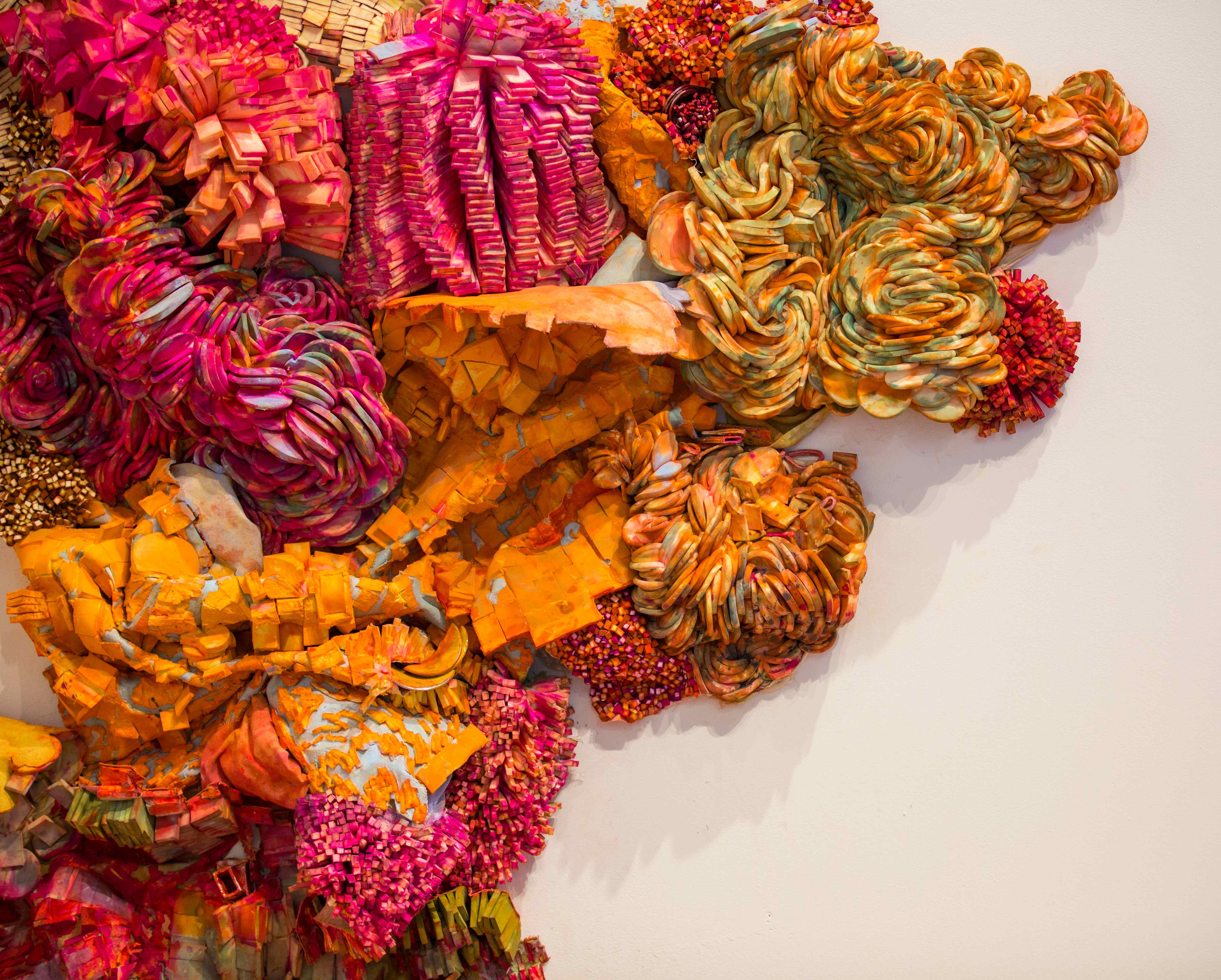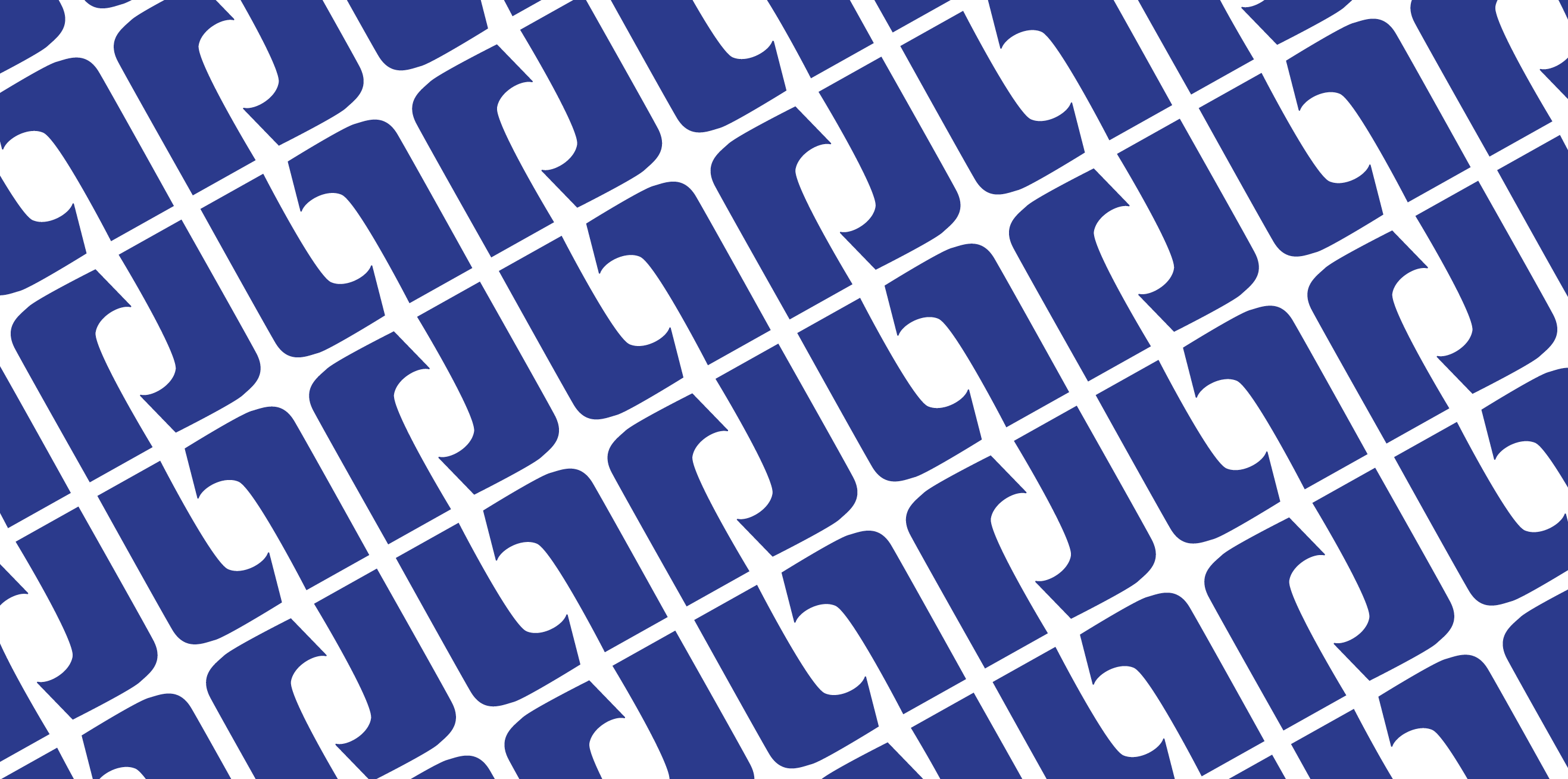
Process and Paradox: Under Cover by Margery Amdur – Kenneth Steinbach
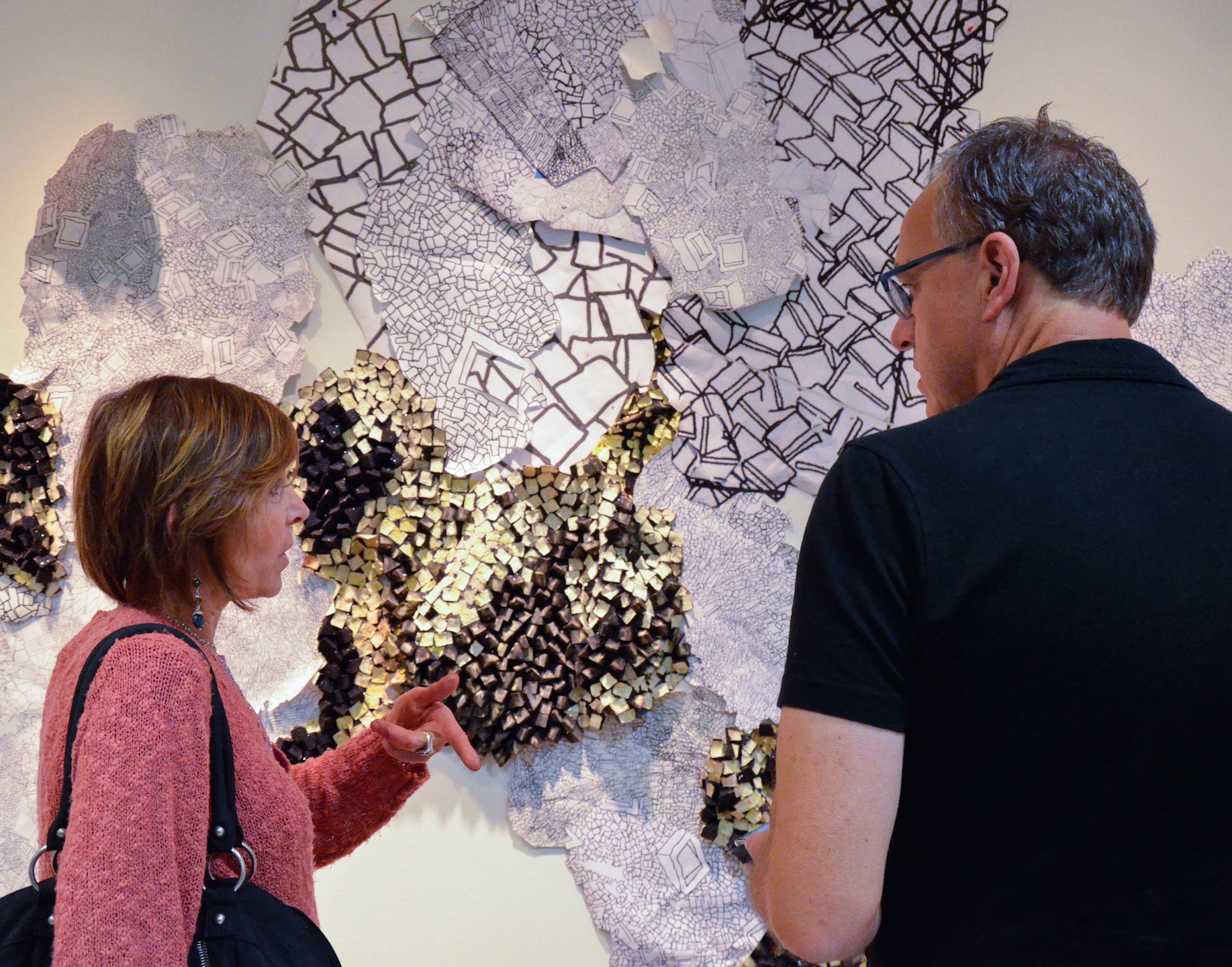 Margery Amdur’s dual Under Cover exhibits at Augsburg University are a rare glimpse into the process of art making. The Gage Gallery hosts Amdur’s completed installation, and the Christensen Gallery exhibits a collection of experiments and working processes that she uses in her practice and in this project in particular.
Margery Amdur’s dual Under Cover exhibits at Augsburg University are a rare glimpse into the process of art making. The Gage Gallery hosts Amdur’s completed installation, and the Christensen Gallery exhibits a collection of experiments and working processes that she uses in her practice and in this project in particular.
It is an understatement to say that Amdur has been generous in allowing the viewer into her artistic process. This kind of process work most often occurs well away from public eyes, and most artists are happy with that arrangement. There is safety in presenting only a finished product. Such isolation conceals failures, false starts, and decision-making processes and reinforces notions of “talent” that the artist might want to preserve. The glass walled Gage Gallery is also a very public space, leaving nowhere to hide. By constructing the work on site, Amdur lived out the process of art making in public in real time, a remarkable gift of honesty and vulnerability for the Augsburg community.
The Under Cover exhibits are two of several shows in the Twin Cities this fall related to a body of research into the methods and activities that successful artists use to sustain long-term artistic viability. This research occurred over a three-year period and was principally based on interviews with successful mid-career artists, including Amdur. The goal of the research was not to determine a formulaic set of criteria, but to aggregate the collected wisdom of this group into a constellation of activities that most artists do most of the time that keep them moving forward and productive in a sustainable practice. The resultant book, Creative Practices For Visual Artists: Time, Space, Process (Routledge Press 2018) explored these themes.
In both of Amdur’s exhibits we see examples of key ideas that emerged from the author’s interview research. One such theme is the tendency of artists to reinterpret visual ideas developed in one media into new media and materials. This is evident throughout the installation, as color groups, rhythmic patterning and structural imagery are translated back and forth between multiple media and dimensions. The elements in the installation are decidedly akin, with tremendous richness in this complexity as the visual ideas compliment, contradict, and interrelate. This is not simply a baroque layering of repetitive ornamentation, but a deep engagement with structural connections between many forms of natural and anthropocentric systems.
Amdur’s work in the Christensen Gallery, seemingly teleports much of her Philadelphia based studio into the gallery space. The exhibit includes a range of raw materials, multiple experiments, nearly finished works, and project stations on which viewers are invited to work on her constructions. The gallery demonstrates another key principle of art making: that successful artists are much more focused on maintaining a process out of which artwork periodically emerges than they are focused on making singular works. There is a sense of relentless experimentation visible here, and a radical hospitality to exploring potential new ideas, some of which clearly found their way into the finished installation. Used painting gloves, cosmetic sponges, and drinking straws fused with gel medium are all given serious consideration as potential participants in her works.
It is not that Amdur’s process is so open that any material/process/object can be indiscriminately dropped into it, an approach that would suggest a lack of intent and vision, but rather that her practice allows for many materials/ideas to become integrated into her visual lexicon through her joyful (and quite intense) manipulation and fabrication methods. This radical hospitality toward new input is not the end, but the beginning of the process by which new ideas and content are introduced into her works, a methodology that is constantly responsive to new opportunities and directions.
Less evident in the finished installation was an experience that occurred during its construction that illustrates a final key idea about artistic practice. After developing components of the project in her studio for months, then working with them for several days in the gallery, Amdur stated “I looked at the piece, and it just was not working, and I realized that I just needed to do something different than what I had planned.” It was a moment that seasoned artists know well, as they face the limitations in their ability to predetermine where the art is going and how it might be successful. To a large degree, artists are finding their best work within their process, often in ways they don’t expect. These are moments that Amdur says “mirrors who we are and reflects the best part of ourselves back to us.” It is a paradoxical way of working in which the results of dedicated experimentation, labor and research are necessary, but not enough to move beyond our own limitations. We often need to break our preconceptions as well.
Fittingly, Amdur states that paradox is a key idea in Under Cover. We can see it in the way the installation simultaneously engages many forms of dualities and tensions that stand in balance and counterbalance. The work does not allow an easy resolution between them but permits us to experience their dynamic relationship in a way that is more honest, raw, and unfiltered.
-Kenneth Steinbach
More information about Creative Practices For Visual Artists: Time, Space, Process and supporting research can be found at kennethsteinbach.com.
Max Bray – Senior Show

September 10 – 27, 2018
Gallery 720, Christensen Center
Artist Talk: Thursday, September 27, 5:30 – 7 p.m. Gallery 720, Christensen Center
Going Down South:Music and Cultural Production on the Mississippi River
Max Bray
Statement
I strive to create art that is inspired by the things I appreciate most, which are music and nature. I like these elements to be represented boldly and in a fashion that is hard to ignore. My artwork is presented in a simple format, but it is unique because it utilizes everyday objects in unconventional ways. My best work encompasses a vibrant texture that creates movement while being straightforward and accessible. I think about what it is I want to do by indulging myself in inspiration and being hands on with the objects I am using to create a piece of work. I want to present art that uses objects and materials in a way that that people have not experienced.
For this project, I wanted to explore the idea of the Mississippi River as a potent sources of cultural production in America. Along its banks, through each state it touches, artists influenced by the river have created some of America’s most powerful and timeless music. Representing this music has to be done with a gut feelings and by hand using minimal materials with no second guesses.
Bio
Max Bray is from St. Paul, Minnesota finishing up his 10 years of work toward a B.A. in Graphic Design. Bray uses wood blocks, linoleum, and slabs of ink to share his interpretation of landscape, nature, and music.
ADAM WHITE
ADRIFT BY CHRIS WILLCOX
MARGERY AMDUR
THE ILLUSION OF LIFE by KOLE STILLWELL
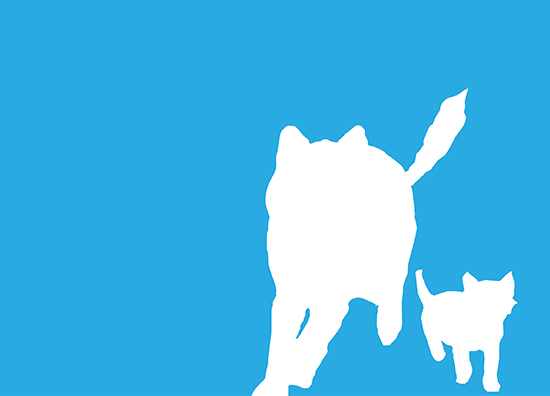
APRIl 9 – 19, 2018
Christensen Center Student Art Gallery
Artist Talk: Thursday, April 19, 5:30 – 7 p.m. Christensen Center Student Art Gallery
The Illusion of life mixes acrylic paint with digital art, analyzing how storytelling can be the means to better understanding the human condition.
Statement
Famed director, illustrator, animator Hayao Miyazaki suggests ( in the article The idea-the origin of everything) that a story doesn’t truly start with a story being made, it begins with the experiences we have stored up in our lives. “ The stories and original work- even initial project planning-are only triggers.Inspired by that trigger, what rushes forth from inside you is the world you have already drawn inside yourself, the many landscapes you have stored up, the thoughts and feelings that seek expression.”
Kohba merges digital illustration and design to express the emotions that defined the estrangement from my father. The story follows Kohba, A young wolf cub, who in the midst of being deserted by his father, must decide if he will fall into anger or accept the reality of what has come to be. Dealing with themes of abandonment, anger and regret, this body of work uses, color, landscape and character to explore the flaws of the human condition while also showing storytellings significance as a form of expression and communication in society.
DISUNION by KEVIN BOOKS
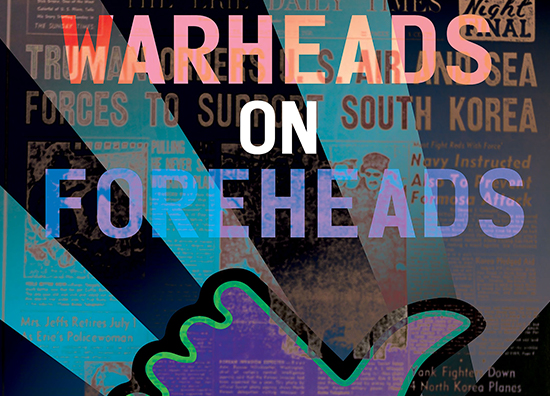
April 9 – 19, 2018
Christensen Center Student Art Gallery
Artist Talk: Thursday, April 19, 5:30 – 7 p.m. Christensen Center Student Art Gallery
DESIRE TO EXPLORE by KEEYONNA FOX
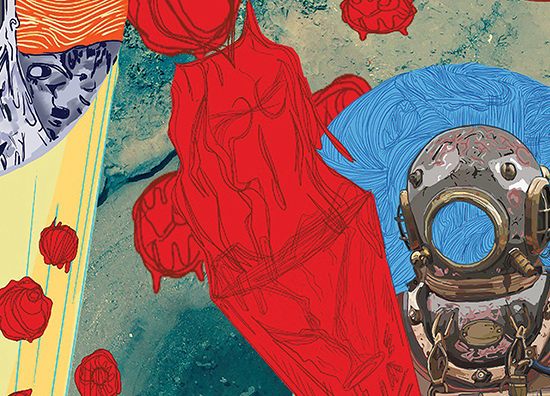
MARCH 26 – APRIL 5, 2018
Christensen Center Student Art Gallery
Artist Talk: Thursday, April 5, 5:30 – 7 p.m. Christensen Center Student Art Gallery
Desire to Explore is a series of digital collages that invite the viewer to examine daily busyness. By exploring regular routine, Fox asks if there is more to life than the schedules we create.
Statement
Through reflection and making these pieces, I began to see the routine of life that can put restrictions on new experiences. Exploration starts a journey one may take to an unfamiliar place or a familiar place they have been but didn’t explore and learn from those experiences. The range of ideas flows naturally based on past and present events. These events are created by cultural knowledge of what is going on in today’s society or what has happen in the past. As I began preparing for this show, I came up with so many ideas that they could not all be expressed in one show. I didn’t know what I would do or how it was going to happen, but suddenly it hit me like a burst of water hitting my face as I got ready for the day. Everyone has a routine in the morning to start the day. This routine of work, school, social media, and entertainment are what I think of as busywork or distractions for today’s society; it is something we consume regularly. You may not know whom to blame, but it has been regularly becoming more ingrained for decades and will be an ongoing practice that frankly will be hard to break. As I look at my work, I notice my pieces reflect what is happening or what happened in my life whether it was with my own experience or listening and learning from others. This time around, I wanted to change; I wanted to look at what could be possible, to see what we as humanity could do without an institutionalizing society. I desire to explore more.
I have been drawing for as long I can remember. I would even draw my favorite cartoon characters with my little brother. Throughout my life, I have wondered. My wonders became daydreams and my daydreams became reflections. As I get older, these became my art pieces. DESIRE TO EXPLORE has been my favorite wondering. I wondered what life would be like if no one had to work or attend school; what would society look like? What kind of person will I be? Although I know I am hardworking and I do love school and work, I question if there is more? One day knowing I could leave and walk without a location in mind would be a dream come true. As I walk, I would begin an authentic journey learning about today’s society. I would not only learn something new about myself but also about the environment, the human condition, and how everything connects. I feel I would begin a journey connecting with the earth using my senses to explore the universe. I remember as a kid looking at the lines in the blinds. They appeared to be moving or lying on the ground, and, as I looked up into the sky, I began to feel as if I was floating. DESIRE TO EXPLORE is a series of digital collages that reflect my longing to capture my senses and walk into the universe using photography and drawings. However, DESIRE TO EXPLORE isn’t just for me. It questions the sense of reality and if there are multiple realities to explore. A reality where people might find their true selves and connect to the universe.
CHRISTINA NELSON
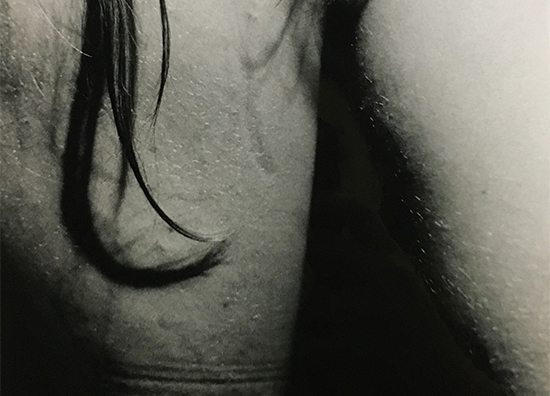
MARCH 4 – 22, 2018
Christensen Center Student Art Gallery
Reception: Thursday, March 22, 5:30 – 7 p.m. Christensen Center Student Art Gallery

